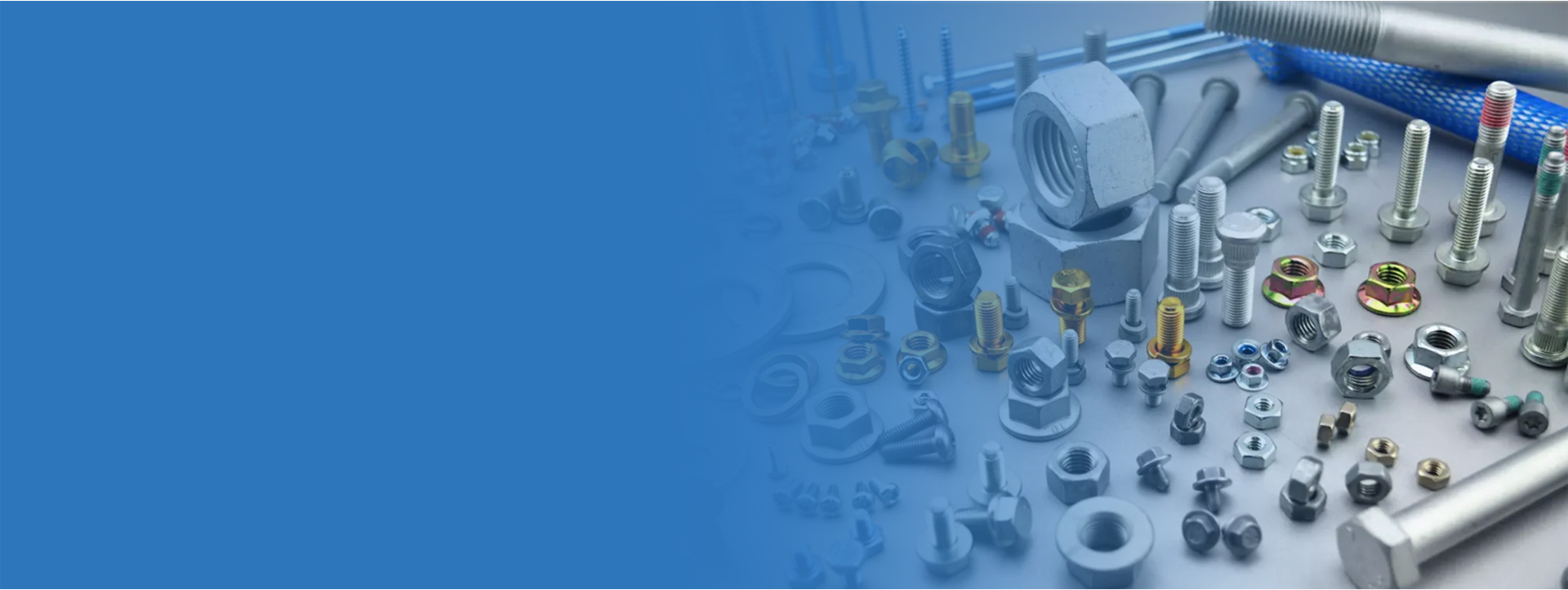Dec . 19, 2024 19:16 Back to list
left hand threaded rod
Understanding Left-Hand Threaded Rods Applications and Importance
In the realm of mechanical engineering and construction, the importance of threaded rods cannot be overemphasized. Among various types, the left-hand threaded rod stands out due to its unique design and specific applications. This article explores the characteristics, uses, and significance of left-hand threaded rods in various industries.
What is a Left-Hand Threaded Rod?
A left-hand threaded rod, as the name suggests, is a rod that has threads designed to tighten in a counterclockwise direction. This contrasts with the more common right-hand threaded rod, which tightens clockwise. The design of a left-hand threaded rod is crucial in situations where rotational forces could cause a standard right-hand thread to loosen.
Characteristics
The defining characteristic of left-hand threaded rods is their thread direction. While most everyday fasteners use right-hand threads, left-hand threads serve specialized purposes. These rods are identified by specific markings or by their threading direction, which is essential for ensuring proper installation and compatibility with other components.
Typically, left-hand threaded rods are made from durable materials like stainless steel, carbon steel, or alloy steel, making them suitable for high-stress applications. The thickness and length of these rods can vary widely depending on their intended use, ranging from small fasteners to large structural components.
Applications of Left-Hand Threaded Rods
1. Mechanical Applications Left-hand threaded rods are widely used in mechanical devices where two components are meant to move in opposite directions. Implements like adjustable clamps, which require counter-rotation to adjust grip or pressure, often utilize left-hand threads.
left hand threaded rod

2. Automotive Industry In the automotive field, left-hand threaded rods can be found in components like steering systems and certain axle assemblies. For example, the left-hand thread is often used in tie rods that connect the steering system to the wheels, ensuring that these parts do not loosen while driving.
3. Specialized Machinery Various machines utilize left-hand threaded rods to maintain stability. For instance, certain types of jacks require a left-hand threaded rod to control lifting mechanisms. These rods ensure that the lifting mechanism remains stable and does not inadvertently lower due to vibration or movement.
4. Construction In construction, left-hand threaded rods are employed in applications where rods are subjected to reverse torsion forces. For example, they can be found in tensioning rods for structural supports or in tensioners that must resist loosening under external forces.
5. Robotics and Automation In robotic applications, left-hand threaded rods enable systems to achieve precise movements without the risk of unintentional loosening. They are essential in providing stability and accuracy in robotic arms or mechanisms that require intricate control.
Importance of Left-Hand Threaded Rods
The importance of left-hand threaded rods goes beyond simple mechanical function. They enhance safety and performance in various applications. By using left-hand threads where appropriate, designers can prevent equipment failure that could occur due to unintentional loosening of fasteners. This characteristic becomes especially critical in high-stakes environments like automotive racing or aeronautics, where the integrity of every component is vital.
Moreover, the choice between left-hand and right-hand threaded rods can significantly affect the ease of assembly and maintenance. In designs where space is limited or components are closely packed, using a left-hand threaded rod can facilitate easier adjustments and repairs.
Conclusion
In conclusion, left-hand threaded rods are a vital component in many applications across various industries. Their unique design allows for reliable performance in situations where standard fasteners might fail under stress. By understanding the specific scenarios where left-hand threaded rods excel, engineers and technicians can better design and maintain systems that require precision and safety. As technology continues to advance, the role of specialized fasteners like left-hand threaded rods will likely become even more significant in ensuring the integrity and functionality of complex systems.


